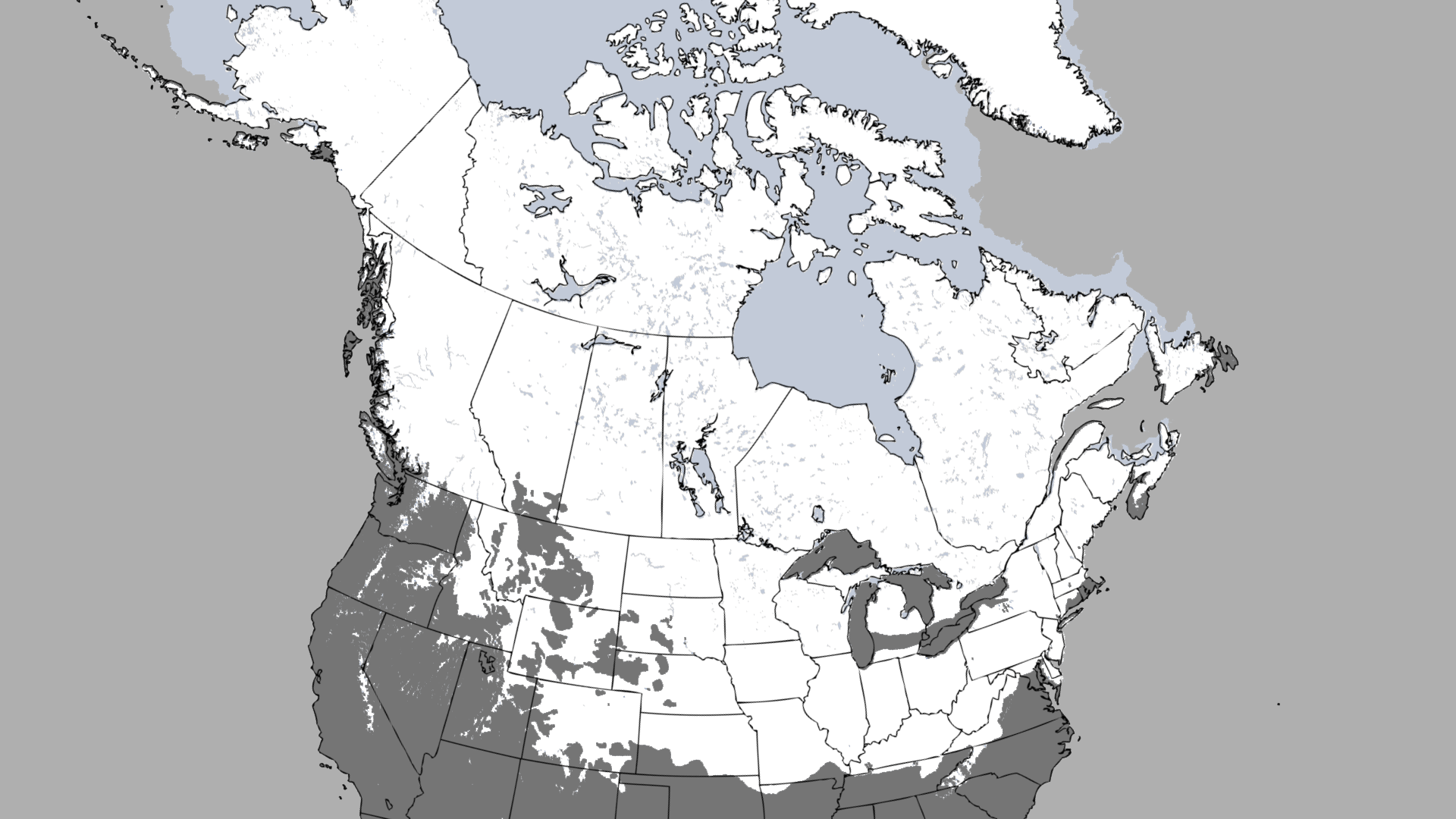Spring Image: Snow in Nearly Half of US


Springtime: the time for flowers, newborn animals … and snow. Nearly half of the United States is currently covered in snow, including most of Canada, as can be seen in this image from the National Oceanic and Atmospheric Administration.
That's the largest extent of snow cover at this point in the season in at least 10 years, according to NOAA. Much of the snow came from a massive spring blizzard that dropped snow throughout the Midwest and East Coast, breaking records in many cities.
The town of Lincoln, Ill., broke its daily snow total of 4 inches (10 centimeters), which was set in 1947, with 10.8 inches (27 cm) of snow on Sunday (March 24), according to AccuWeather. The weather system also dropped 2.9 inches (7.4 cm) of snow in Columbus, Ohio, breaking the old record of 1.8 inches (4.6 cm) set in 1965.
Currently, 44 of 50 states have some snow on the ground. The only states without any of the fluffy stuff are Alabama, Florida, Hawaii, Louisiana, Mississippi and Rhode Island.
So far in March, more than 1,741 daily snowfall records have been set or tied compared to only 616 at this time last year, according to the Capitol Weather Gang.
The image of U.S. snow cover was created from data gathered by NOAA's Interactive Multisensor Snow and Ice Mapping System, which uses satellites to measure snowfall based on the amount of light reflected from the Earth's surface (snow reflects more light than bare earth).
Email Douglas Main or follow him @Douglas_Main. Follow us @OAPlanet, Facebook or Google+. Original article on LiveScience's OurAmazingPlanet.
Get the world’s most fascinating discoveries delivered straight to your inbox.



